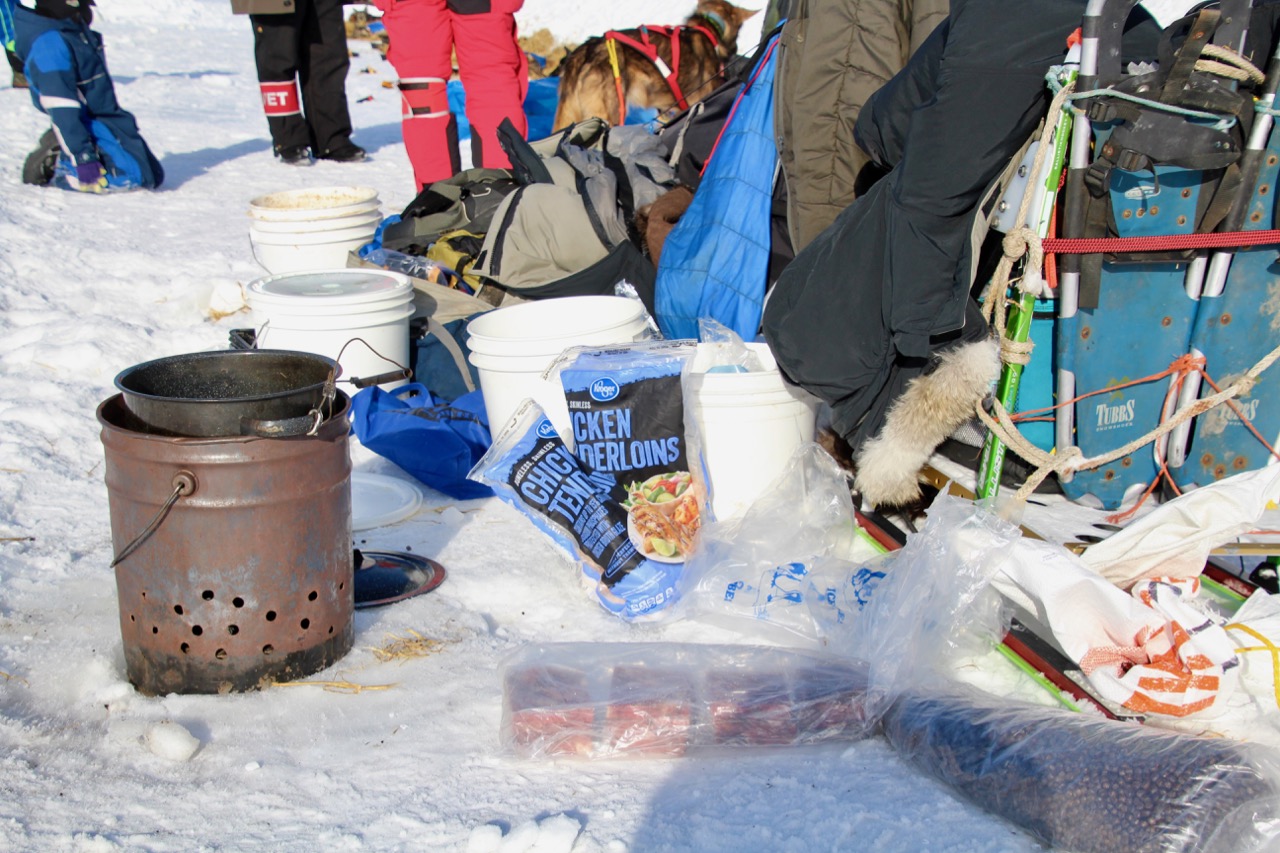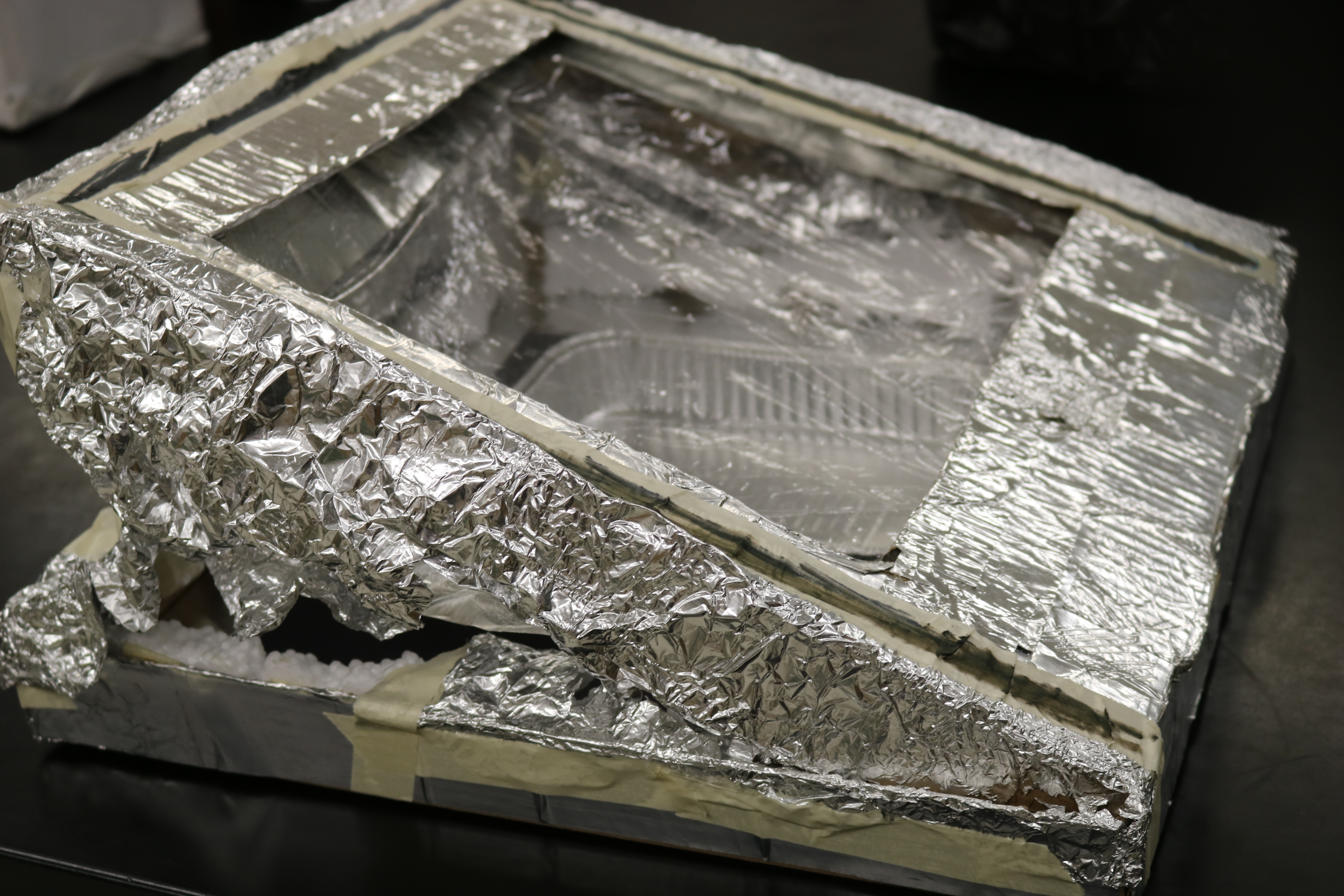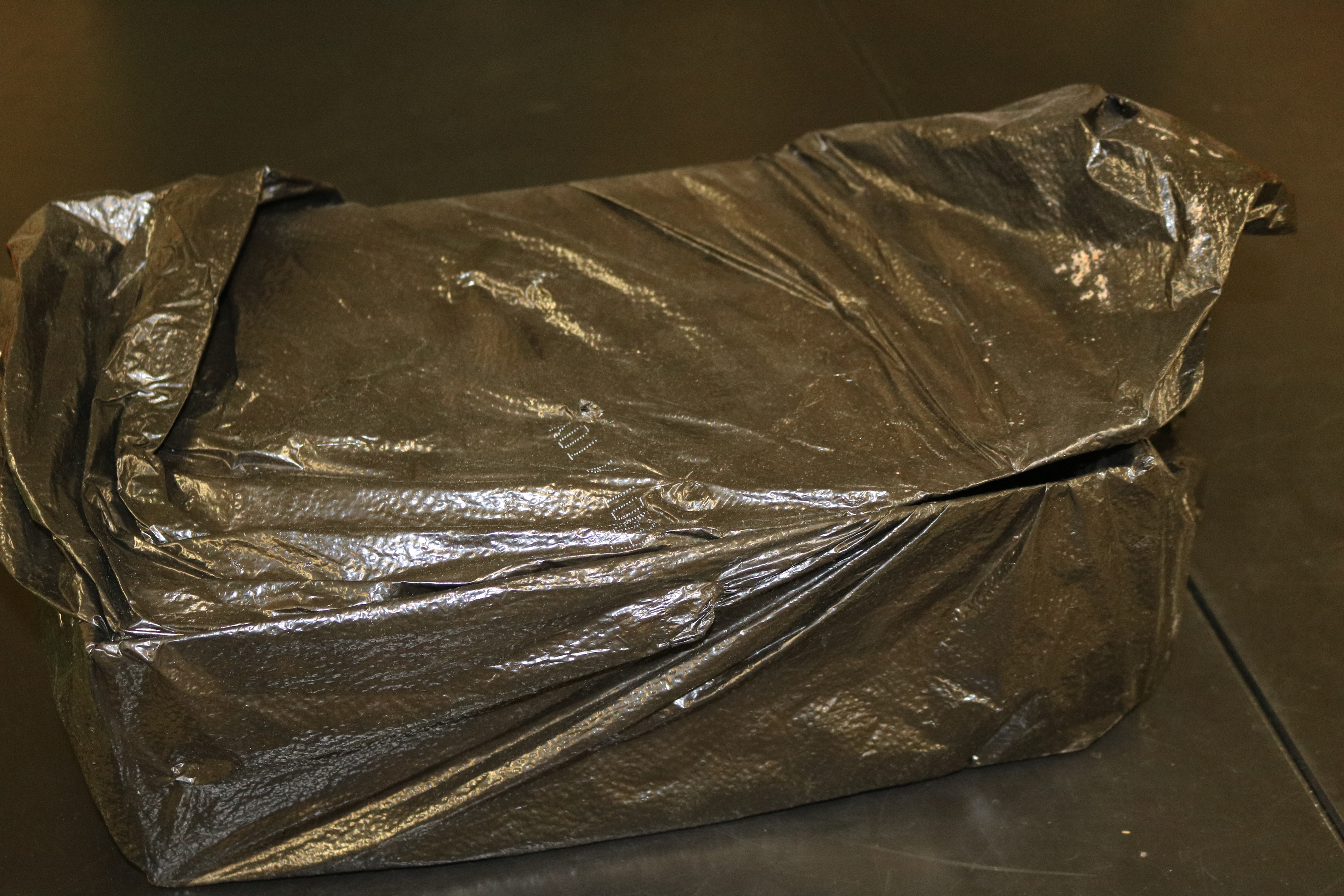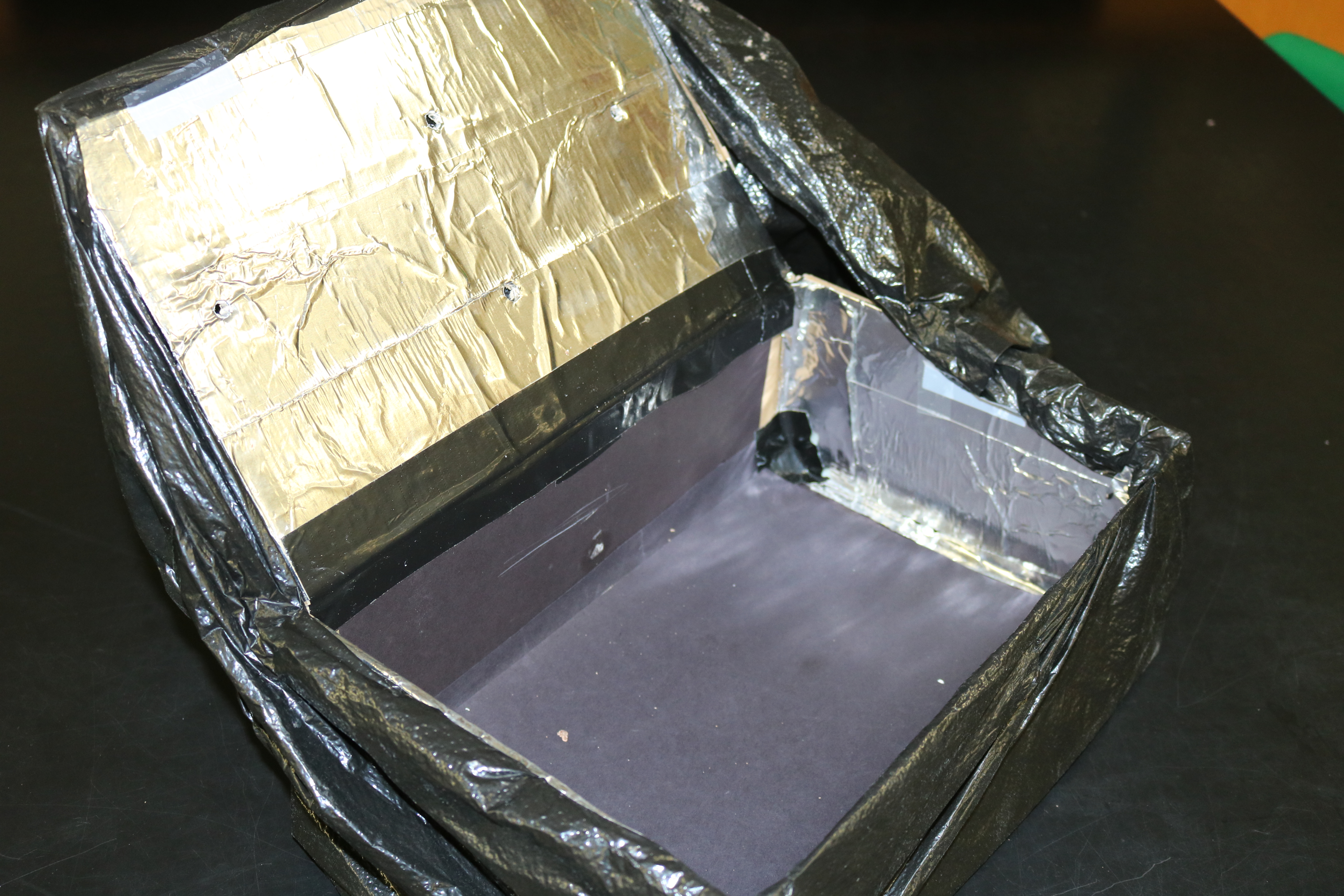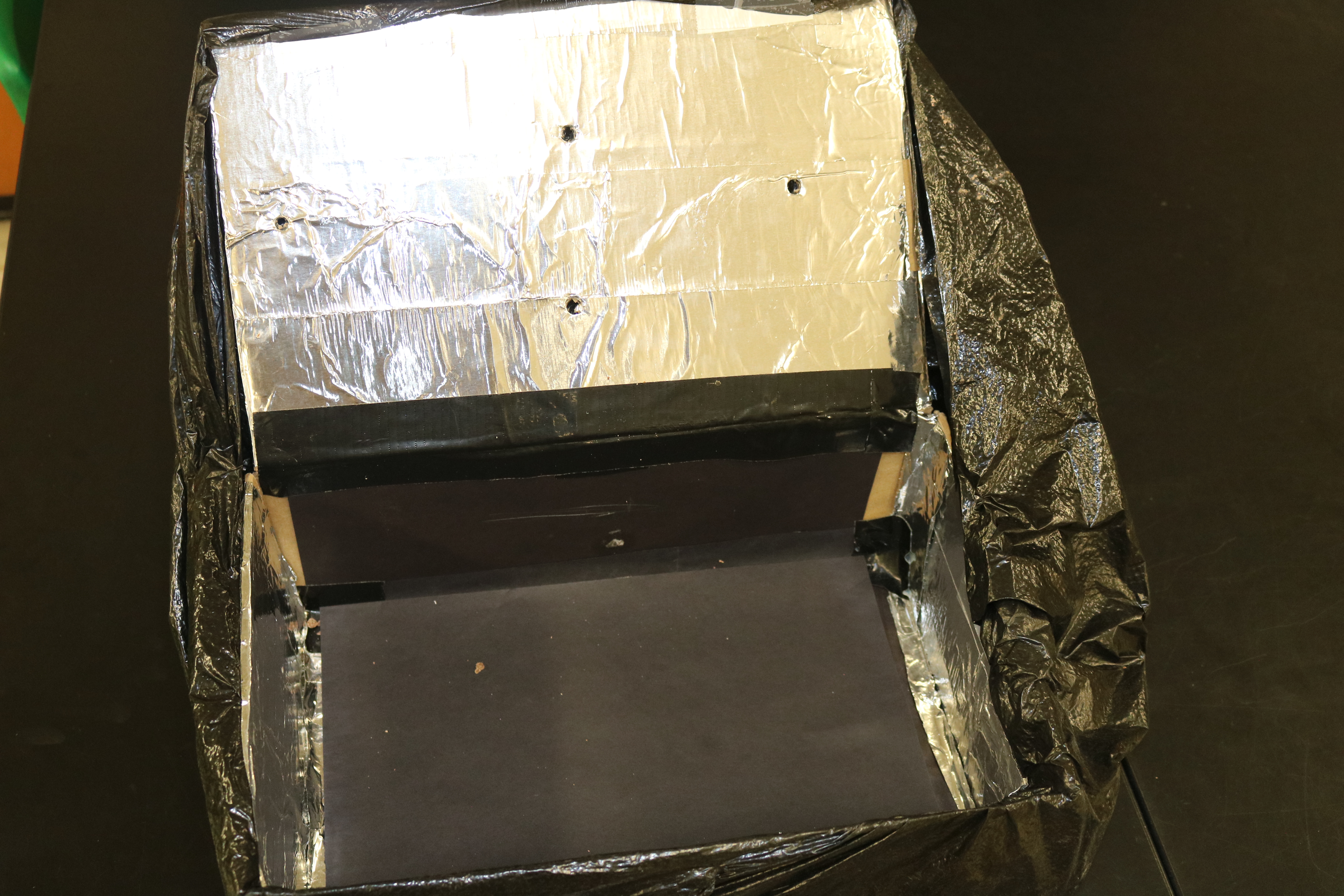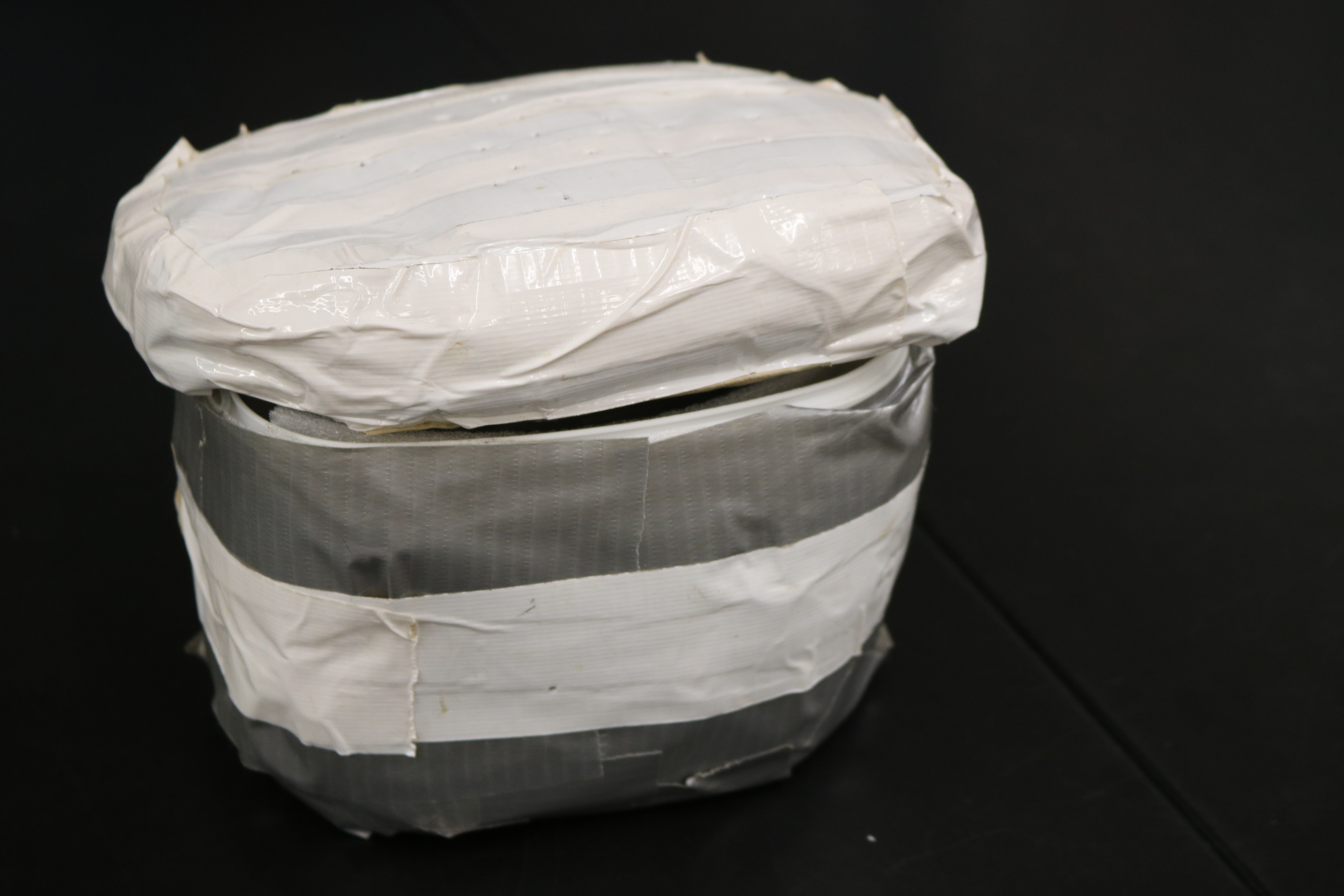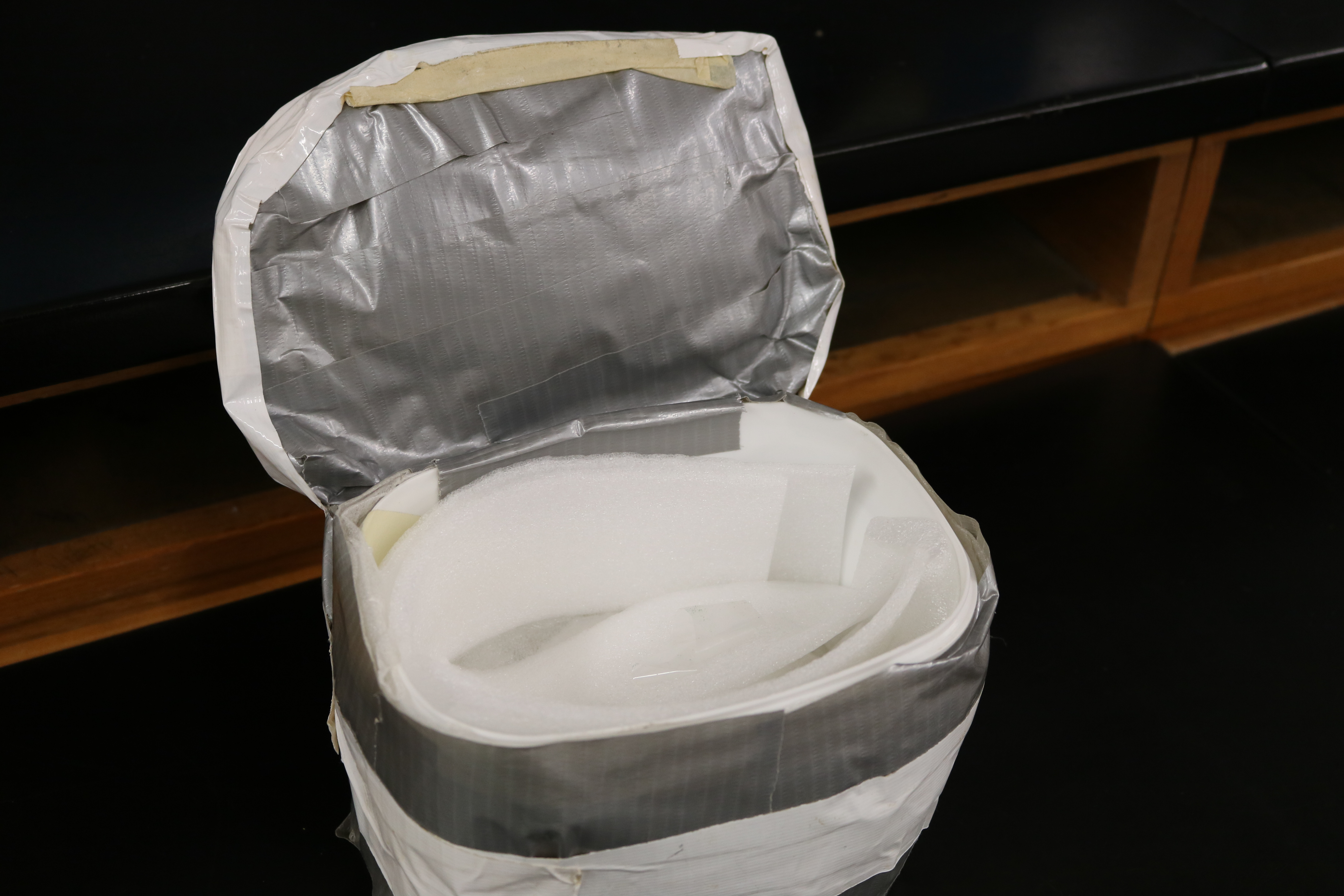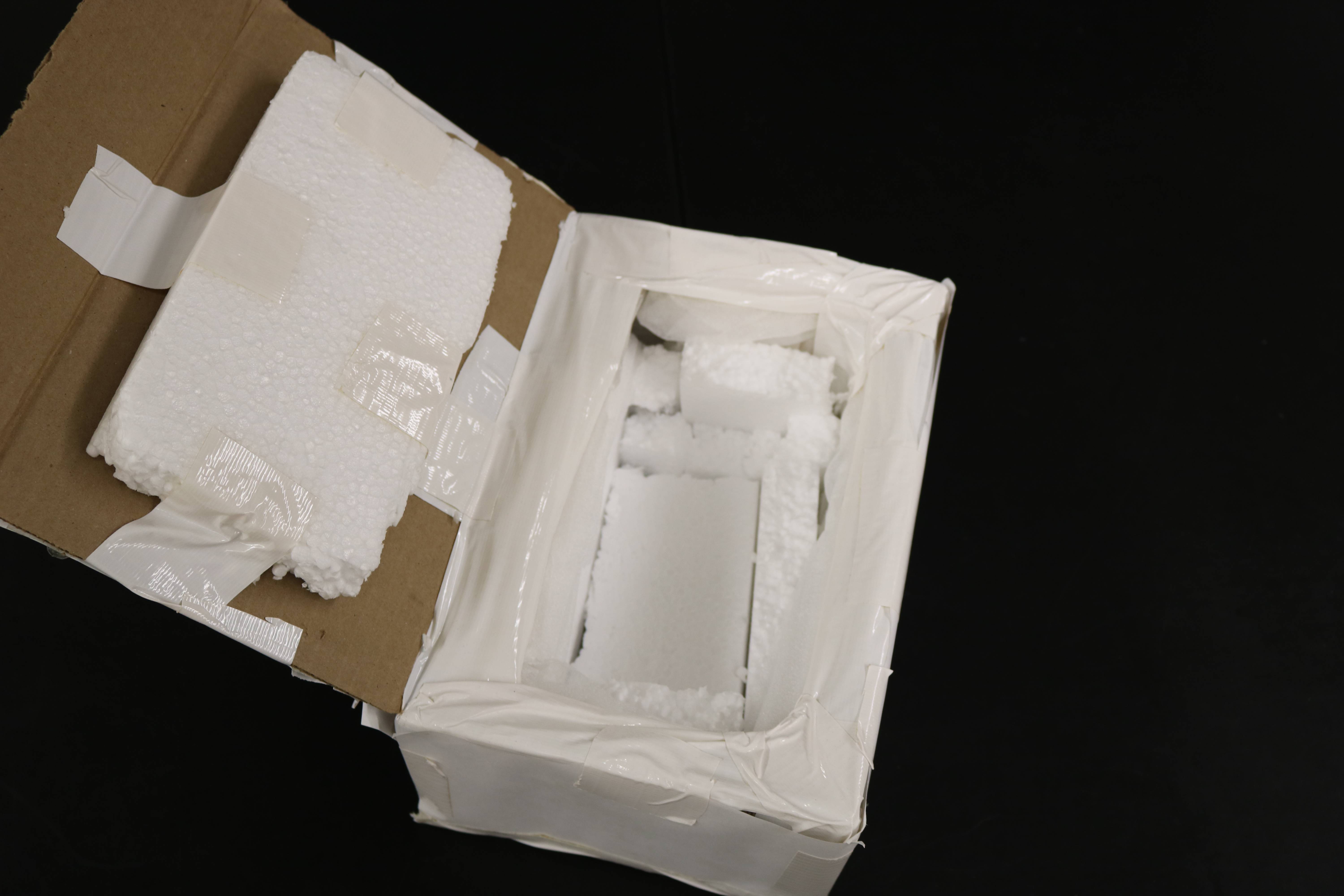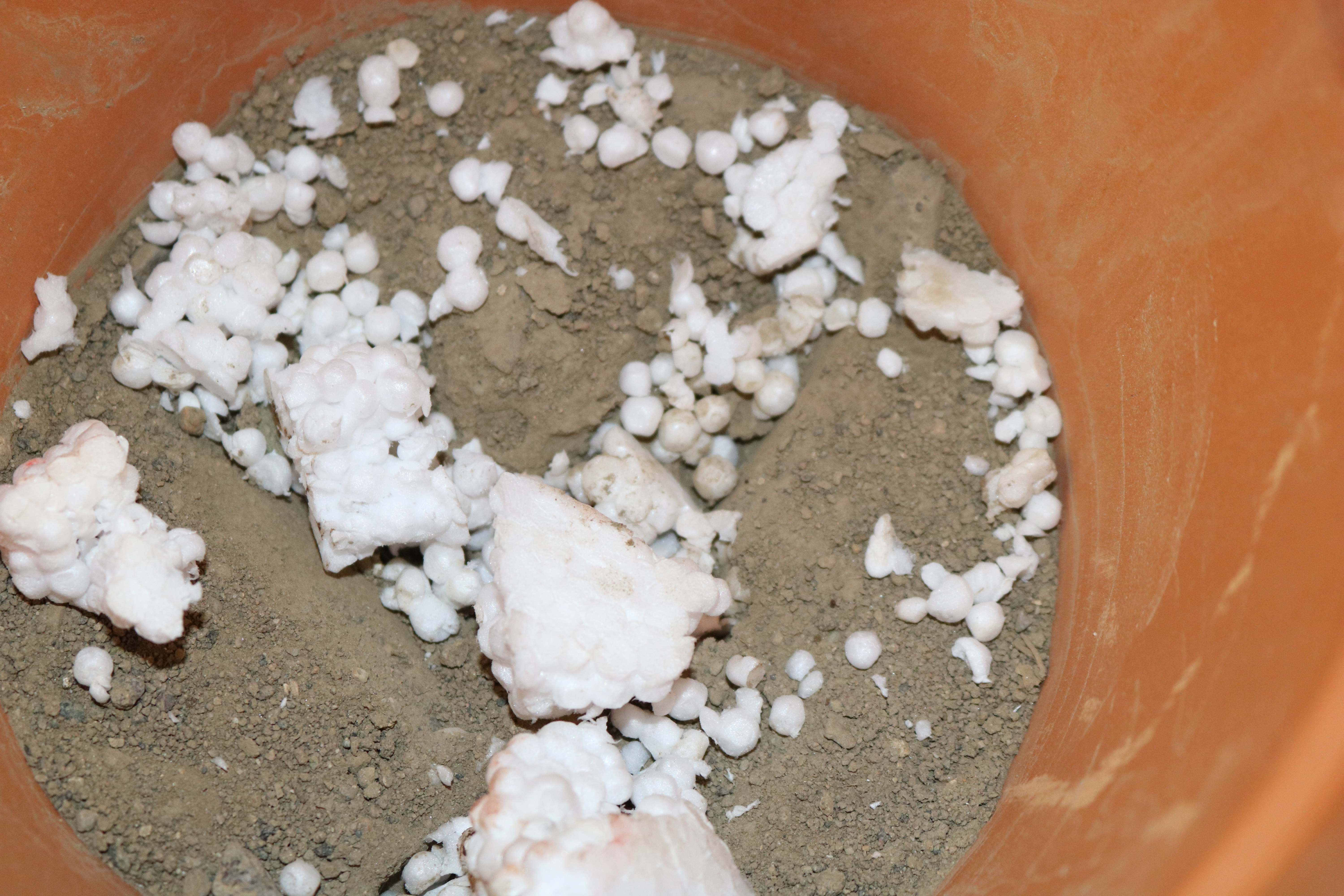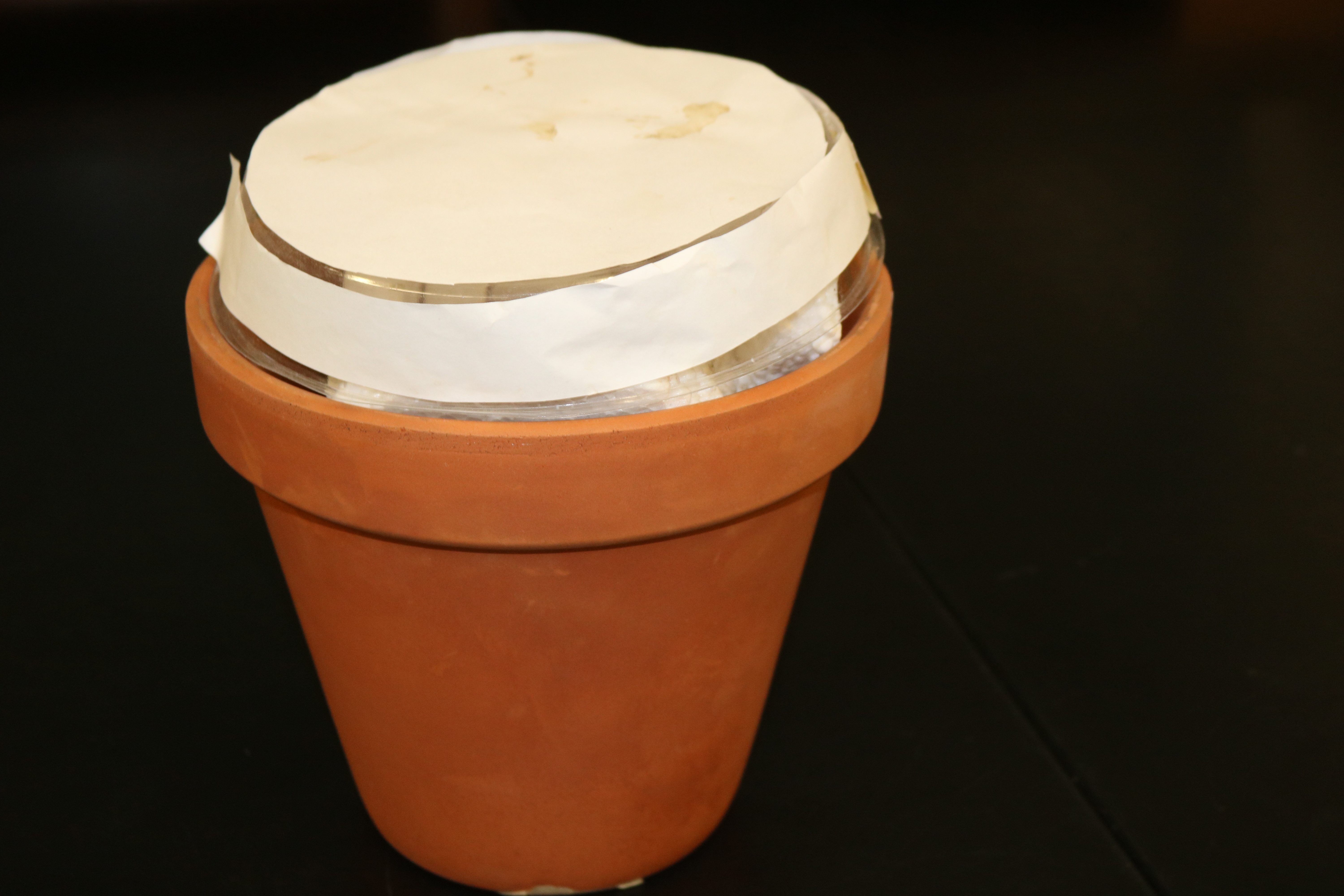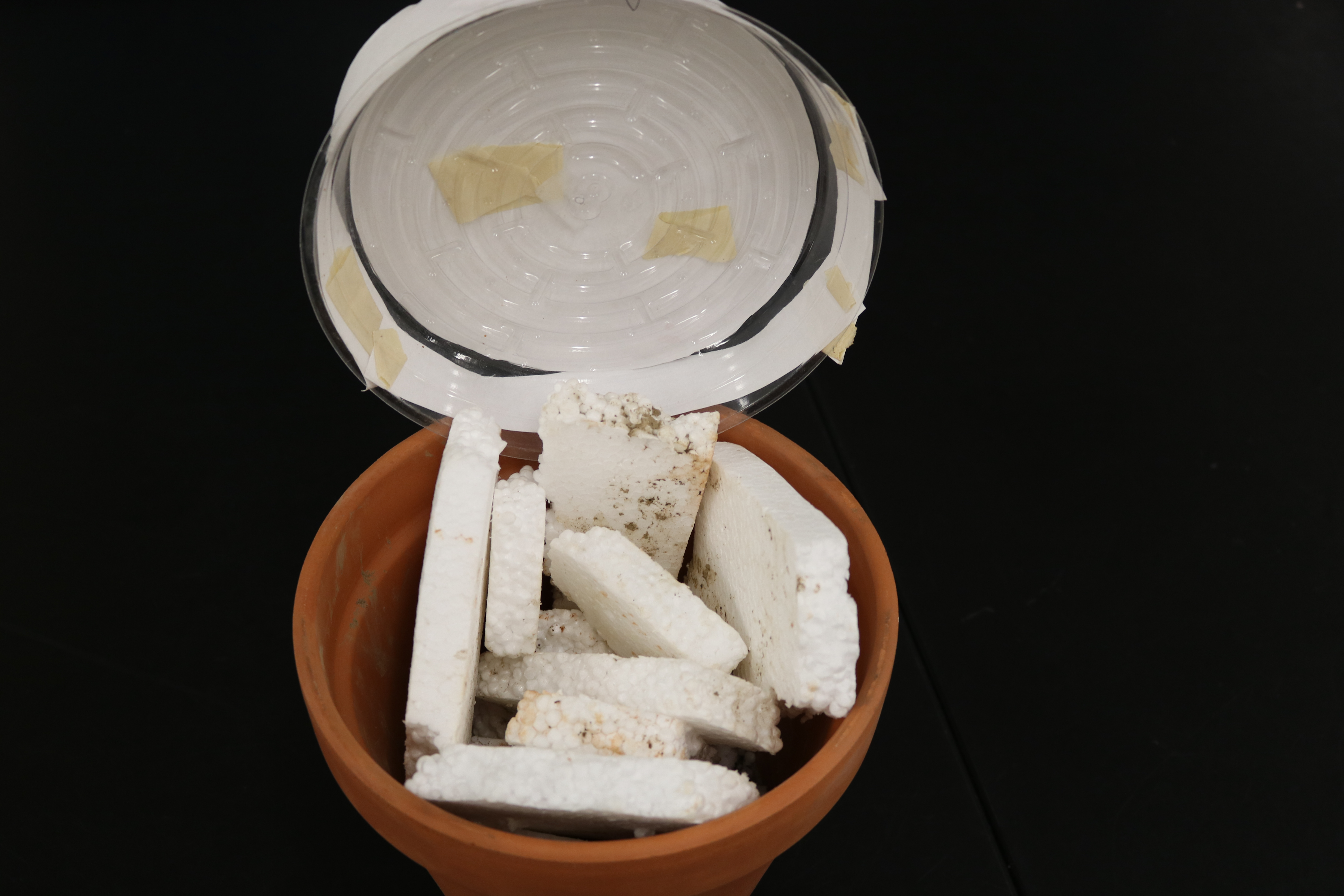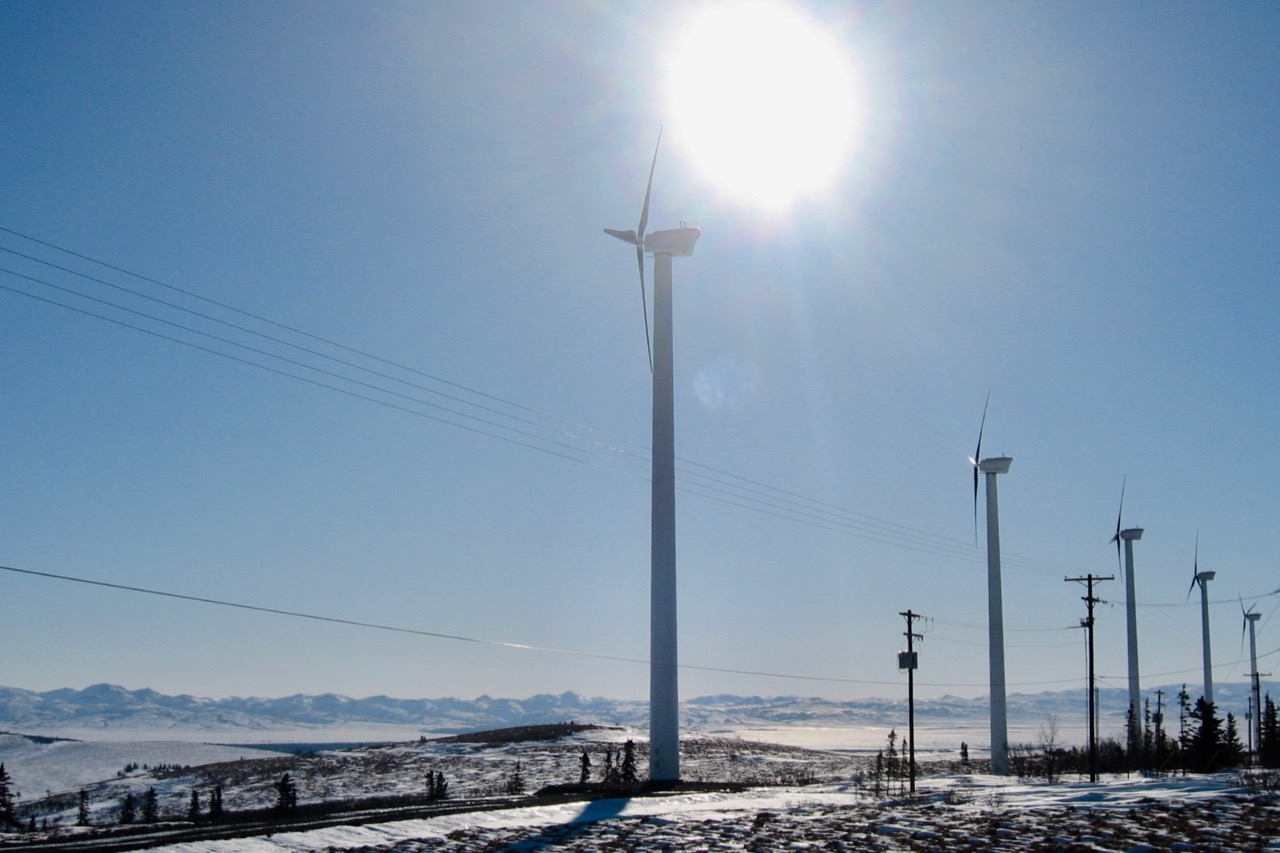
The Alaskan sun shining down in Unalakleet. These wind turbines help save roughly 80,000 gallons of diesel fuel each year in generating electricity for the village. [Photo Credit: Terrie Hanke]
STEM education has become an essential element of the 21st century school and society. While STEM focuses on four significant subjects- science, technology, engineering and math- the skills that are learned through STEM instruction can be applied toward many other facets of life.
It is essential that teachers integrate valuable and enriching learning experiences for students. The Engineering Design Process is something that helps increase student motivation, engagement, critical thinking skills and communication skills. Additionally, through collaborative measures, students also benefit from the Engineering Design Process because they can effectively make real-life connections and applications.
The Iditarod provides teachers with opportunities to design a variety of STEM activities that will challenge and engage their students.
While you teach your students about The Last Great Race®, use this design project with your students that will require them to utilize the Engineering Design Process to design and construct a prototype of either a solar cooker or cooler.
- Using a cooler to prepare and serve a meal for the resting dogs [Photo Credit: Terrie Hanke]
- A musher’s cooker and dog food ingredients [Photo Credit: Terrie Hanke]
This lesson will address the following topics:
- Thermal Energy — make connections by learning about hypothermia, hyperthermia, body temperature regulation, the sun’s thermal energy and how Earth is affected, and the critical necessity of maintaining proper levels of thermal energy while on the trail
- Heat Transfer — make connections between the process of preparing food for the dogs, friction, using a poker in a fire, and using hand warmers
- Insulation — make connections by analyzing the numerous materials and pieces of gear that limit the amount of heat transfer (sleeping bags, coats, base layers, fur, boots, etc.)
- Conduction — make connections by discussing the various substances that are good at transferring thermal energy, make a connection to cooking while on the trail, discuss the reasoning behind why one would choose to sleep on a pad as opposed to directly on the snow or why dogs sleep on straw, and also why you don’t touch your tongue to a cold, metal surface
- Convection — make connections by studying the Alaskan weather and learning how weather is driven by the convection of heat in the atmosphere
- Radiation — make connections by discussing how camp-stoves use radiation, how sunlight warms the earth, and how heat leaves the bodies of dogs and humans through radiation
Check out some of the solar cookers and coolers that students designed:
- Solar Cooker Design
- Solar Cooker Design
- Cooler Design
- Cooler Design
- Cooler Design
This is sure to be a lesson that your students will thoroughly enjoy and remember for years to come!
Iditarod STEM Project- The Engineering Design Process, solar cookers and coolers




